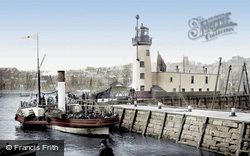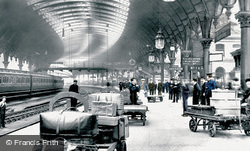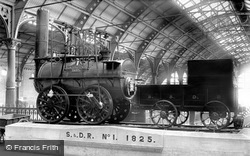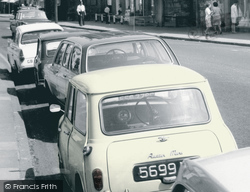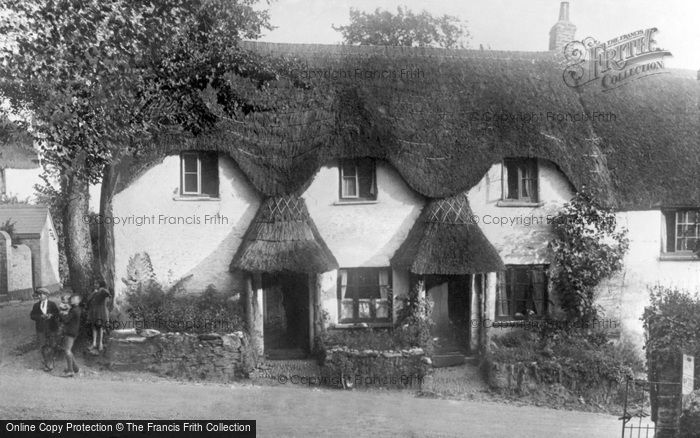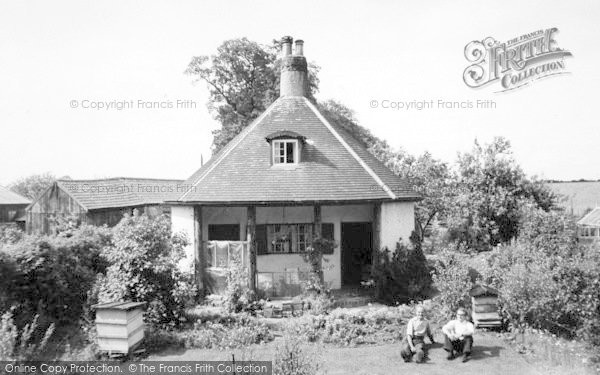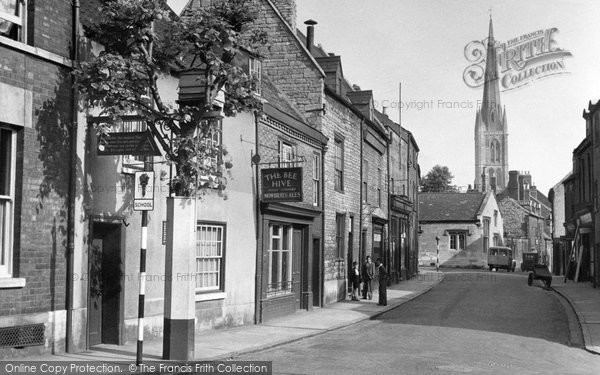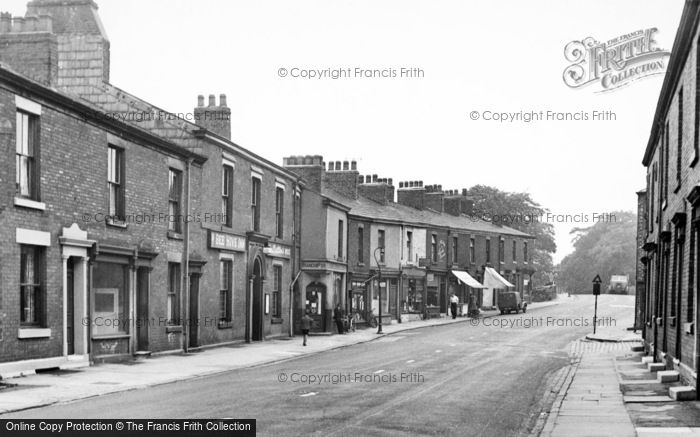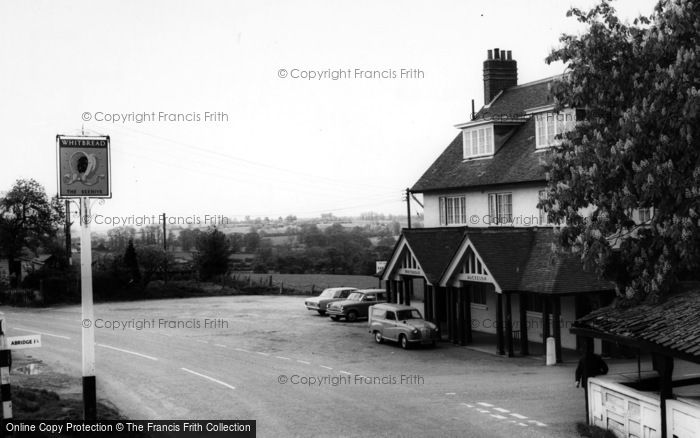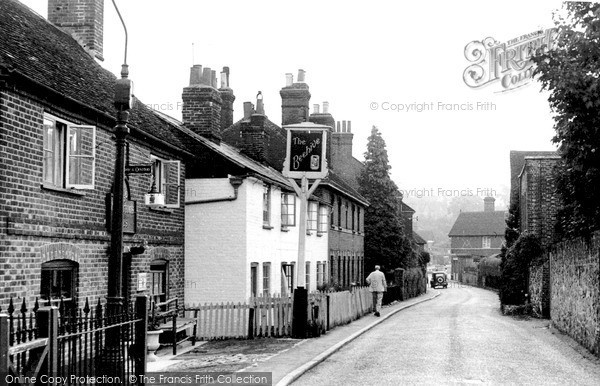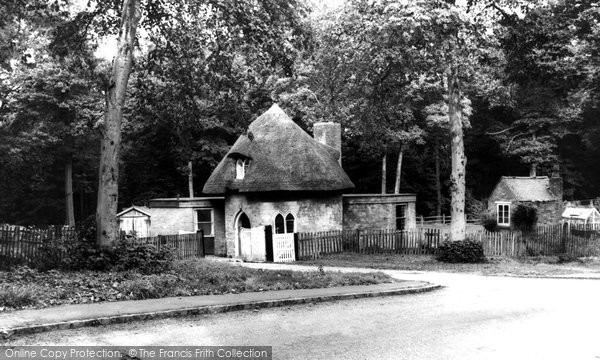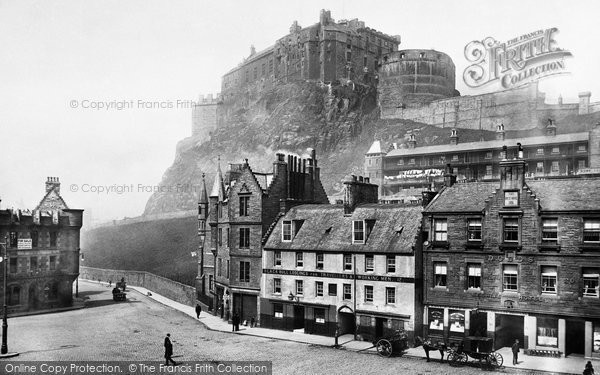Search the Archive
Explore all the places you remember!
Subscribe
Join the thousands who receive our regular doses of warming nostalgia! Have our latest blog posts and archive news delivered directly to your inbox. Absolutely free. Unsubscribe anytime.
Say Hello!
How to keep in touch with us.World Bee Day 2023
Published on May 19th, 2023
20th May each year is designated World Bee Day, which was introduced by the UN general assembly in 2017 with the aim of raising public awareness about the importance of bees and their significance in providing for the needs of humanity. Bees provide the pollination of almost three quarters of all the plants that produce 90% of the world’s food and they play a vital role in the ecosystem, helping to preserve a healthy environment and maintain biodiversity. The health of bees is taken as a prime indicator of the state of our natural world, but sadly bees are increasingly endangered and we should all care enough about them to do something to keep these wonderful little creatures happy and healthy. Bees need lots of food – it’s estimated that bees must gather nectar from two million flowers to make one pound of honey. It is crucial that bees have access to plants rich in pollen and nectar, and May is the perfect time to help with this.
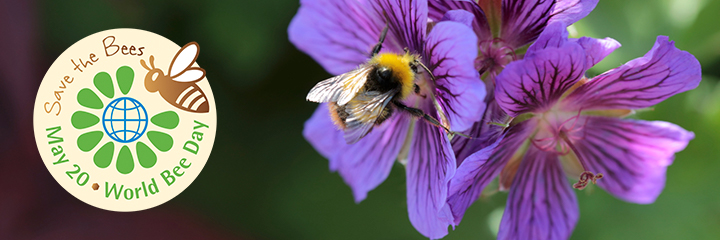
For information about what you can do to help in your own garden, see the section ‘Gardening for Bees’ on the website of the British Beekeepers Association: https://www.bbka.org.uk/gardening-for-bees
Why not use some honey to make Brown Bread and Honey Ice Cream (from A Taste of the South East), or to spread on Derbyshire Oatcakes (from A Taste of the East Midlands) – view these and other recipes taken from our Taste of Britain range of books of traditional and regional British recipes.
To celebrate World Bee Day we bring you this selection of vintage photographs from The Francis Frith Collection around the theme of beehives!
And a small cabin build there, of clay and wattles made:
Nine bean-rows will I have there, a hive for the honey-bee,
And live alone in the bee-loud glade.’
(From ‘The Lake Isle of Innisfree’, W B Yeats, 1865-1939)
Note the beehives in the garden in this 1960s’ view of the quaint and unusual Round House that stands by the road between Seaton and Hornsea in East Yorkshire.
Stop Traveller this wondrous sign explore,
And say when thou hast viewed it o’er and o’er,
Grantham now two rarities are thine,
A lofty Steeple and a living sign.
Subscribe
Join the thousands who receive our regular doses of warming nostalgia! Have our latest blog posts and archive news delivered directly to your inbox. Absolutely free. Unsubscribe anytime.

